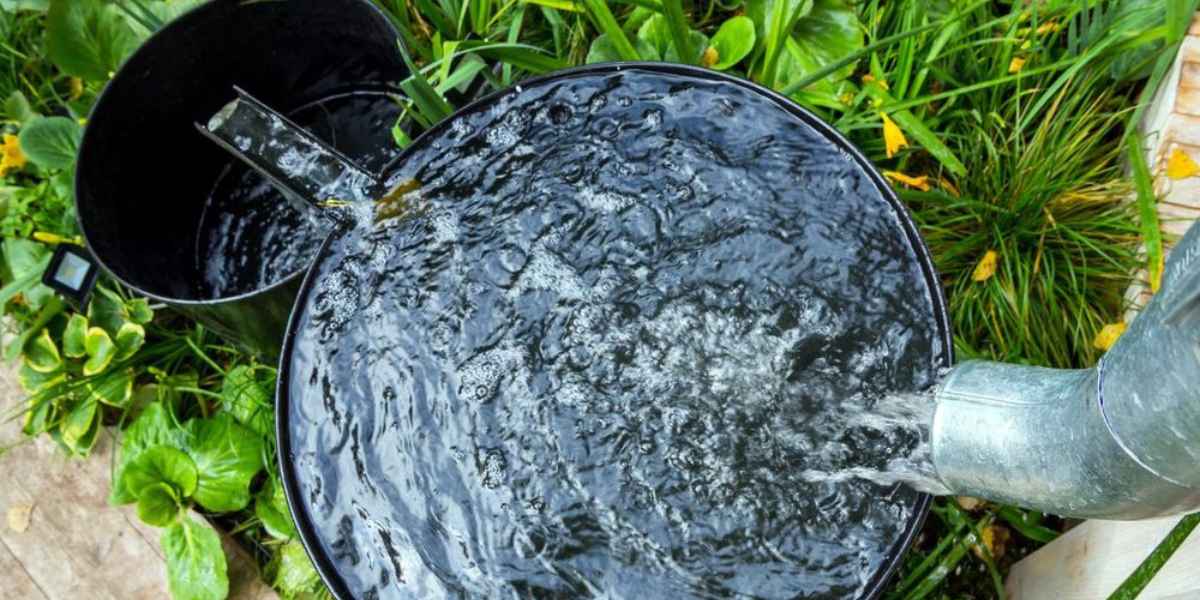How To Make Your Greenhouse Eco-Friendly
Embrace sustainability in your greenhouse. Dive into this guide for key steps to make your gardening eco-friendly and cultivate a greener space.

With the pressing need for sustainability and eco-friendliness, it's essential that all aspects of our lives reflect this shift, including our gardening habits. As an enthusiast, you might wonder how to make your greenhouse eco-friendly. In this article, we shall explore effective ways of creating a greener, more sustainable greenhouse in the UK.
Using Recycled Materials
One of the best ways to make your greenhouse eco-friendly is by using recycled materials. This could mean using repurposed wood for the structure or utilizing old window frames for the panels. An excellent example is the use of recycled plastic sheets for the roof and walls.

Take, for instance, Simply Plastics, a UK-based company known for producing high-quality, durable plastic sheets perfect for greenhouses. By using these, not only do you reduce your carbon footprint, but you also promote recycling industries and limit waste.
Sustainable Heating Solutions
In the UK's chillier months, heating your greenhouse becomes a necessity. Rather than using electric or gas heaters, which consume a significant amount of energy, consider sustainable alternatives. Solar-powered heaters, for instance, use energy from the sun to provide heat, reducing your reliance on fossil fuels.

You can also use thermal mass heating, a technique where you store heat during the day and release it during the night. Water barrels or rocks inside the greenhouse can serve as your thermal mass, absorbing heat during the day and gradually releasing it as temperatures drop.
Water Conservation
Water conservation is a critical aspect of maintaining an eco-friendly greenhouse. Gather rainwater within barrels as a means of irrigation. This method is sustainable, free, and beneficial for plants as rainwater lacks the chemicals found in tap water.

Moreover, implement a drip irrigation system, which reduces water wastage by directly supplying water to the plant roots. The system is efficient, conserving water by minimizing evaporation and runoff.
Opt for Organic
Avoid synthetic fertilizers and pesticides in your greenhouse. These products can harm the environment, contaminate groundwater, and disrupt ecosystems.

Instead, opt for organic compost to enrich your soil. You can easily create compost from kitchen scraps, grass clippings, and fallen leaves. When it comes to pests, use natural methods such as companion planting, where certain plants are grown together to deter pests.
Implementing Permaculture Principles
Permaculture is an eco-friendly approach to gardening that focuses on creating sustainable and self-sufficient ecosystems. By incorporating permaculture principles, you can create a greenhouse that works in harmony with nature.
The three core tenets of permaculture are Earth Care, People Care, and Fair Share. This means that your gardening practices should nourish the earth, benefit people, and resources should be shared fairly. In a greenhouse setting, this might involve growing diverse crops, recycling plant waste, and creating natural habitats for beneficial insects.
Conclusion
Making your greenhouse eco-friendly is not merely a trend; it's a significant step towards a sustainable lifestyle. By incorporating recycled materials, sustainable heating, water conservation, organic practices, and permaculture principles, you can reduce your carbon footprint and contribute to a healthier planet.
In the end, having an eco-friendly greenhouse not only benefits you and your plants but also makes a positive impact on our environment. So, let's embrace these green practices and ensure that our love for gardening goes hand-in-hand with our love for the earth.




Comments ()